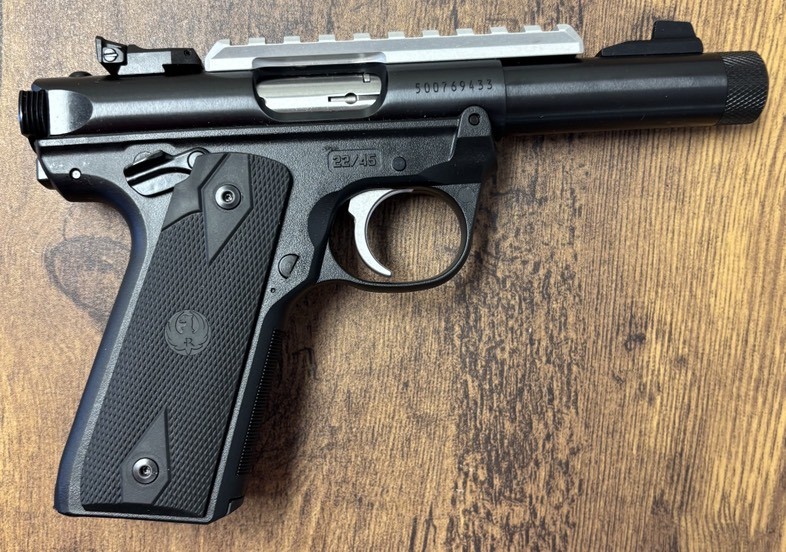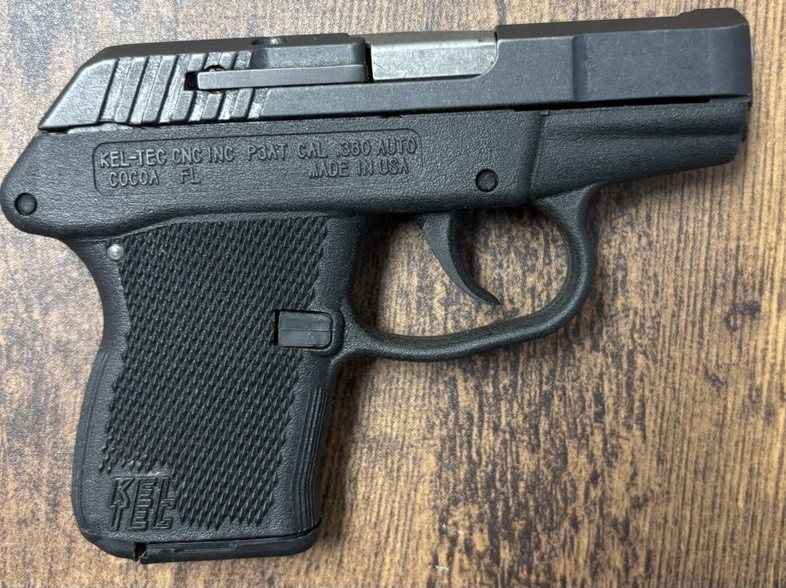New Advancements in Body Armor
2017 was an exciting year for advancements in #military #bodyarmor, which will certainly find their way in manufacturing techniques in 2018. In 2017, the U.S. military pioneered the use of an ages-old creature’s slime as body armor, which enables the creation of ultra-light, glass-like material that could be used as invisible bulletproof vests, and successfully tested bullet-pulverizing armor made out of foam.
Slime and foam are not exactly the first things that come to mind when thinking of body armor, but in this case they’ve proven quite efficient. Slime from hagfish, a 330-million-year-old creature, is the central element of research in next-level bulletproof vests. This fish lives in the deepest depths of the ocean and scavenges the ocean floor for food, feasting on dying animals from the inside out. Made of mucus and threadlike fibers, the clear slime’s fibers are ultra-strong and flexible. This makes them suited for use in protective equipment because the slime is so powerful that it has been the key to survive extinction after extinction — even outlasting the dinosaurs. Experts at the Naval Surface Warfare Center Panama City Division, in Florida, are studying the hagfish slime to use it for military applications. They believe it could be used to build bulletproof armor that is stronger and lighter than the ones currently available — even armor like Kevlar.
Another exciting advancement is a new generation foam that stops even armor-piercing bullets. And it doesn’t just stop bullets — it destroys them, decimating rounds into dust. This special type of foam, called composite metal foams, or CMF, was developed at North Carolina State University. In tests, the team shot at the foam body armor with 7.62 x 63 mm M2 armor-piercing bullets and, on impact, the foam smashed them into powder. On the side of the foam armor that faces the wearer’s body, the bullet was only able to cause an 8 mm indentation on the back. Both the military and law enforcement have shown interest in continuing tests with this foam to see how it can be integrated in advanced, ultra-light body armor to protect personnel even from these incredibly dangerous, life-threatening rounds.
The NCSU team is also working on a foam with potential to keep military and first responders safe from radiation and extreme heat. As the Army continues to upgrade military body armor to increase protection from bullets and fragments, Army the new Modular Scalable Vest, or MSV, has passed the final round of field-testing and will be integrated in the Army's next generation Personal Protective Equipment system. This vest is the result of five years of research and has undergone four versions and an additional two versions of the Soldier Plate Carrier system before being officially approved. Once the evaluation is complete, the vest will go into production and is expected to reach soldiers in the field by summer of next year. Soldiers currently wear the Improved Outer Tactical Vest, or IOTV, which debuted in 2008.







